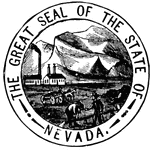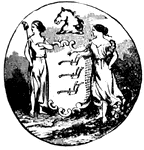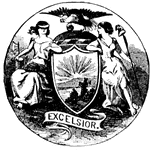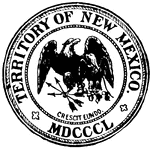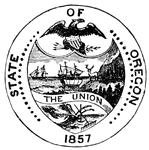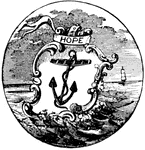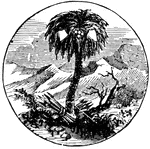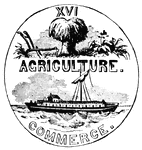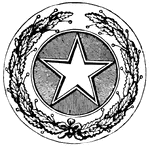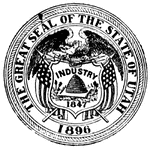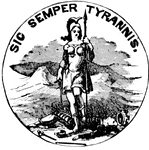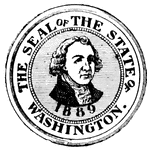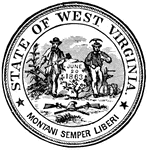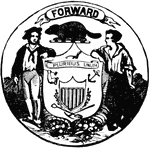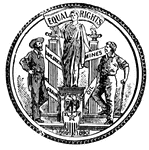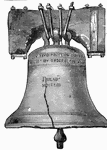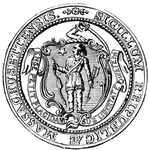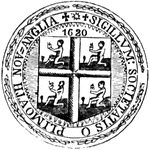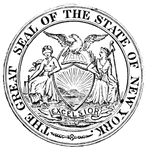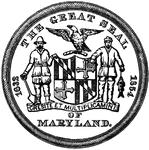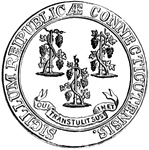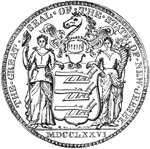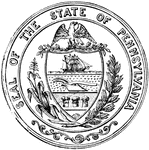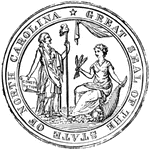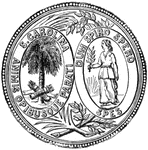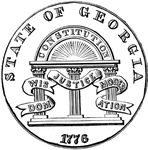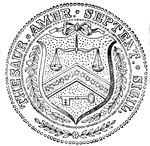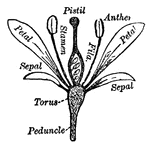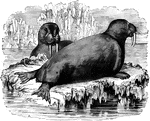
Pennsylvania Seal
Seal of the commonwealth of Pennsylvania, 1904. Motto: Virtue, Liberty, Independence.

Seal
The seal is an aquatic mammal, whose limbs are formed into flippers. The tail tapers at the end of the…

Solomon's Seal Root
In some perennial herbs, prostrate stems or branches underground are thickened with this store of nourishment…
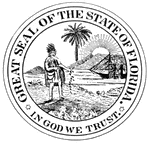
Florida Seal
The former Great Seal of Florida, featuring an indian, palm tree, the sun, and some uncharacteristic…
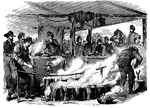
Cooking in Camp
The kitchen of the Fremont Dragoons at Tipton, Missouri. Tipton, which is 38 miles from Jefferson City,…

Camp Lillie
Headquarters of General Freemont, Jefferson City, Missouri, October 1, 1861. Jefferson City is on the…

General Gordon Granger
"General Granger, born in New York, in 1821, died in Santa Fe, N. M., January 10th, 1876, was graduated…

General David Hunter
"General Hunter, born in Washington, D. C., July 21st, 1802, died there, February 2nd, 1886, was graduated…

Camp Zagonyi
"Camp Zagonyi, encampment of Fremont's army on the prairie, near Wheatland, Mo., October 14th, 1861.…

Jefferson City, Missouri
"Jefferson City, capital of Missouri. The arrival of General Fremont's division, September 26th, 1861.…

Common Seal
"The ground-color of the hair or skin, when this animal is alive and dry, is pale whitish-gray, with…
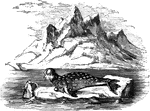
Hooded Seal
"Also called the Crested Seal, remarkable for possessing, about two inches from te extremity of the…
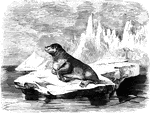
Sea Bear
"It is the size of a large bear; girth at the sholder, five feet, near the tail, twenty inches; fur…
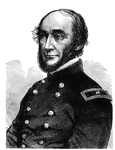
General George W. Cullum
"General Cullum, born in New York city, February 25th, 1809, died in New York city, February 28th, 1892,…

War Dance
"Camp life in the West. During one of the pauses in the active part of the Missouri campaign our special…
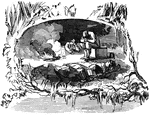
Midnight in the West
"Camp life in the West. During one of the pauses in the active part of the Missouri campaign our special…
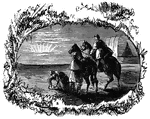
Sunrise in the West
"Camp life in the West. During one of the pauses in the active part of the Missouri campaign our special…
Hundred Mile Prairie
"Camp life in the West. During one of the pauses in the active part of the Missouri campaign our special…

